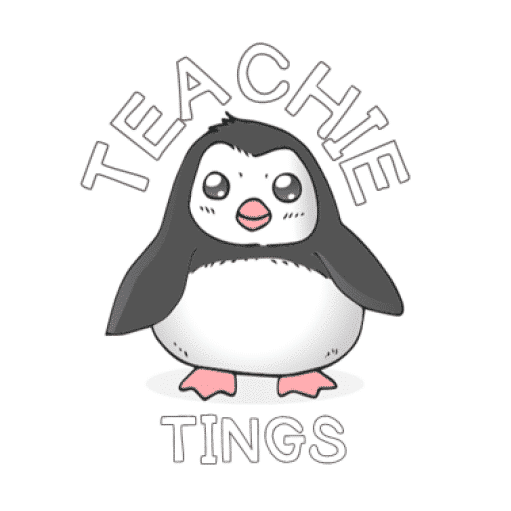
-
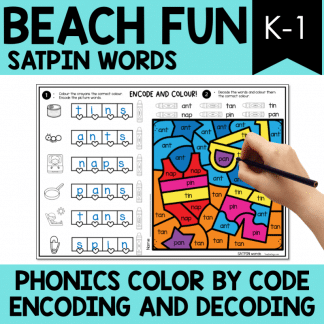 Beach Fun Encoding and Decoding | Color By Code Phonics
Beach Fun Encoding and Decoding | Color By Code Phonics -
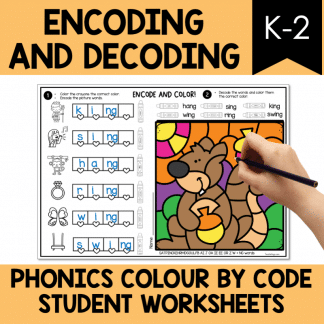 Encoding and Decoding Phonics Activity | Color By Code Fall Autumn
Encoding and Decoding Phonics Activity | Color By Code Fall Autumn -
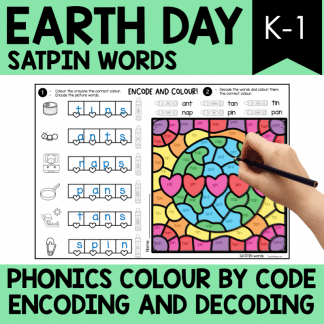 Earth Day Encoding and Decoding Activity | Color By Code Phonics
Earth Day Encoding and Decoding Activity | Color By Code Phonics -
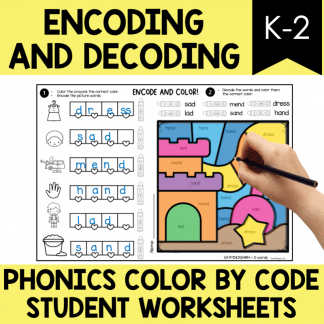 Encoding and Decoding Color By Code Summer Phonics Activity
Encoding and Decoding Color By Code Summer Phonics Activity -
 Encoding and Decoding Color By Code Spring Phonics Activity
Encoding and Decoding Color By Code Spring Phonics Activity
